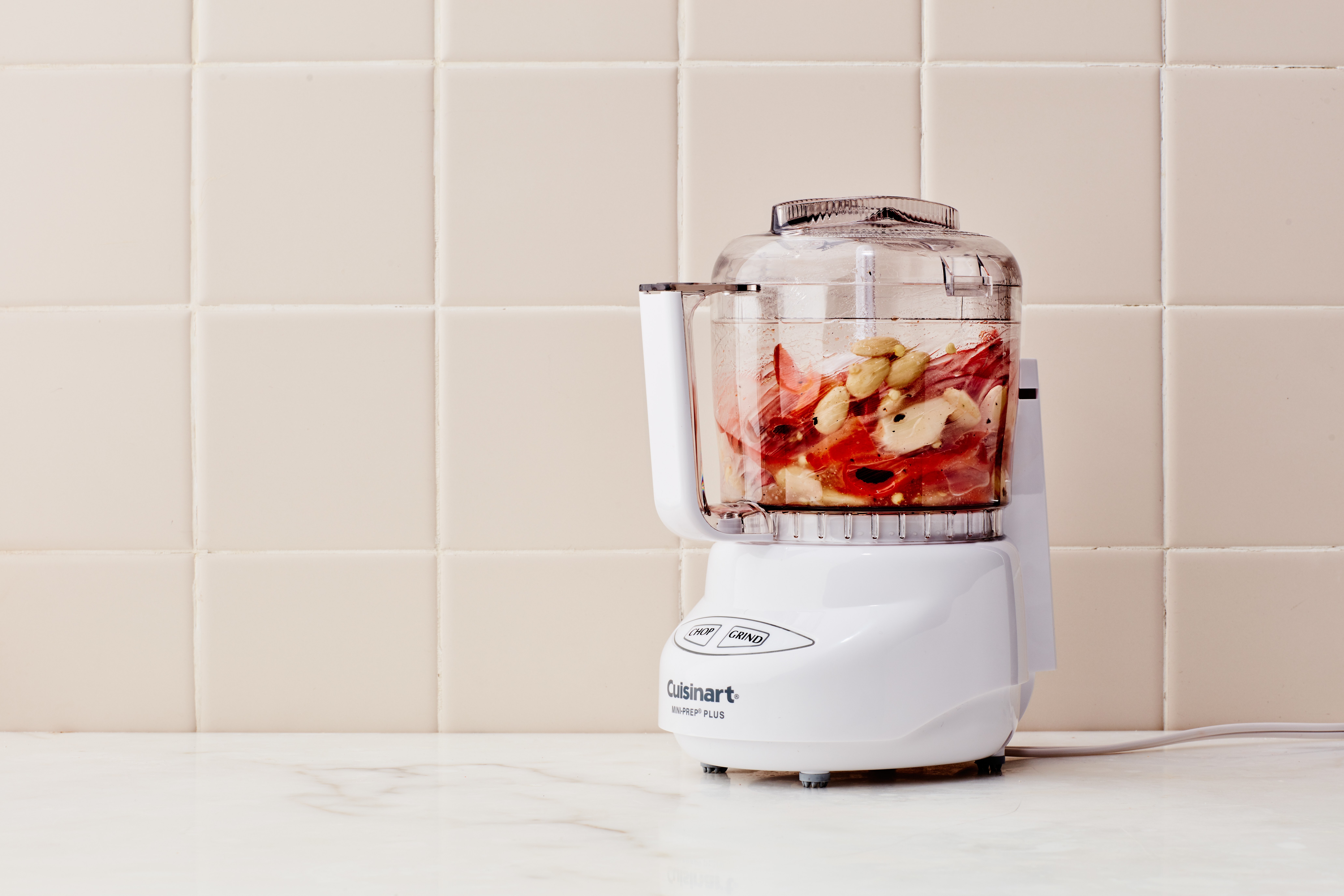Aspartame and its Relationship to
Science, Politics and Industry
Science, Politics and Industry
Question:
Is Aspartame sweetener harmful to our health? I was reading online that the acid included can burn a hole in the brain. Is this true? FW
The safety of aspartame has been the subject of several political, industrial and medical controversies.
Science.
Aspartame is an artificial sweetener used as a sugar substitute in many foods and beverages. The body breaks down aspartame into two common amino acids, aspartic acid and phenylalanine, and a third substance, methanol. These three substances are available in foods we commonly eat. Because its breakdown products include phenylalanine, aspartame must be avoided by people with the genetic condition phenylketonuria (PKU).
Politics, Government and Industry.
In 1980, the FDA convened a Public Board of Inquiry charged with examining the relationship between aspartame and brain cancer. The board concluded aspartame does not cause brain damage, but it recommended against approving aspartame at that time, citing unanswered questions about cancer in laboratory rats.
FDA task force investigated allegations of errors in the research conducted by the manufacturer (G.D. Searle & Company) and found only minor discrepancies that did not affect the study outcomes.
In 1981, G.D. Searle & Company then led by CEO Donald Rumsfeld, re-applied to the FDA for approval to use aspartame in food sweetener. The new FDA commissioner, Arthur Hull Hayes, Jr., appointed a 5-person Scientific Commission to review the board’s decision. The panel upheld the ban by a 3-2 decision. Hayes then added a sixth member to the commission, and the vote was tied. Hayes personally broke the tie in favor of aspartame. Hayes later left the FDA under allegations of impropriety. He later took a position with Burston-Marsteller, the chief public relations firm for G.D. Searle and Company. Since that time he has never spoken publicly about aspartame.
In 1983, the FDA further approved aspartame for use in carbonated beverages, and for use in other beverages, baked goods, and confections in 1993. In 1996, the FDA removed all restrictions from aspartame allowing it to be used in all foods.
Critics claim FDA’s approval of aspartame was impaired by conflicts of interest and questionable research. The validity of these claims were examined and dismissed. In 1987, the U.S. Government Accountability Office concluded that the food additive approval process had been followed properly for aspartame.
Aspartame has been found to be safe for human consumption by more than ninety countries worldwide, with FDA officials describing aspartame as "one of the most thoroughly tested and studied food additives the agency has ever approved" and its safety as "clear cut" (2). The weight of existing scientific evidence indicates that aspartame is safe at current levels of consumption as a non-nutritive sweetener.
Aspartame (1) as listed in the Food Additive Status List
NUTRS (Nutritive Sweetener).
REG (Food additives for which a petition has been filed and a regulation issued).
GMP (In accordance with good manufacturing practices; or sufficient for purpose; or quantity not greater than required).
Sweetening agent, sugar substitute uses stated in - 172.804. Sugar substitute tablets, breakfast cereals, chewing gum, dry bases for beverages, instant coffee and tea beverages, gelatins, puddings, fillings, and dairy product analog toppings, ready-to-serve nonalcoholic flavored beverages, tea beverages, fruit juice based drinks where food standards permit such use, fruit flavored drinks and ades, imitation fruit flavored drinks and ades, frozen stick-type confections and novelties, breath mints, hard and soft candy, refrigerated ready-to-serve gelatins, puddings, and fillings, fruit wine beverages with EtOH <7%, yogurt-type products where aspratame is added after pasteurization and culturing, refrigerated flavored milk beverages, frozen desserts, frostings, toppings, fillings, glazes and icings for precooled baked goods, frozen, ready-to-thaw-and-eat cheesecakes, fruit and fruit toppings, frozen dairy and nondairy frostings, toppings, and fillings, fruit spreads, fruit toppings, and fruit syrups, malt beverages with <7% EtOH and containing fruit juice, baked goods and baking mixes 0.5 wt.-% of ready-to bake products or of finished formulation and prior to baking.
References
1. Listing of Food Additive Status Part I.
2. Sugar Substitutes: Americans Opt for Sweetness and Lite. John Henkel, writer for FDA Consumer.



























